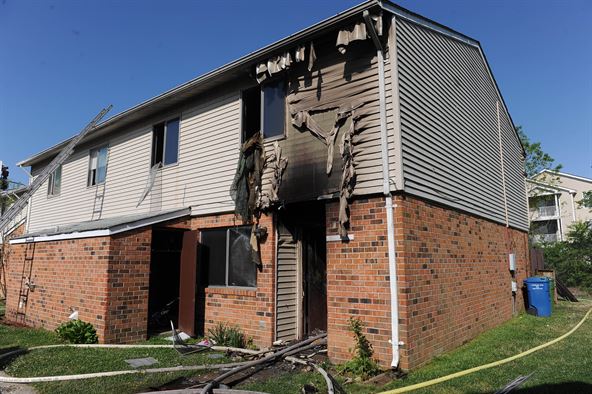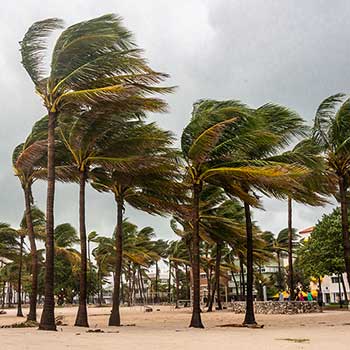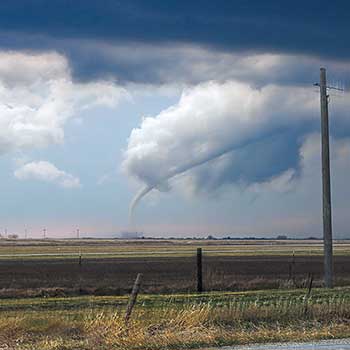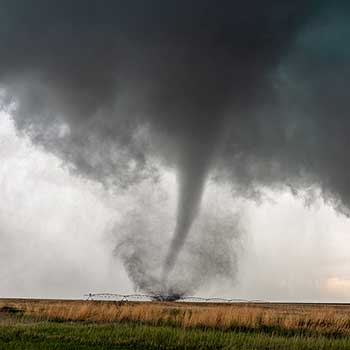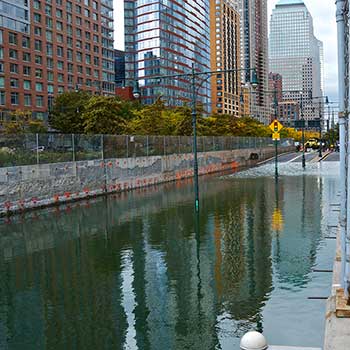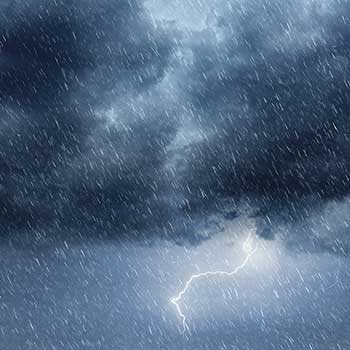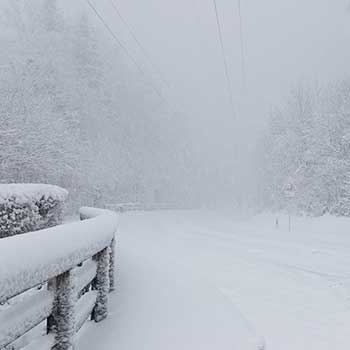According to a 2017 report compiled by the National Fire Protection Association, U.S. fire departments responded to more than 350,000 home structure fires every year between 2011 and 2015. These fires caused $6.7 billion in direct property damage, and thousands of deaths and injuries, including here in Florida.
Fires can cause significant structural damage to your home, which is why you should be aware of what your homeowners insurance policy does and not cover. (This also applies to policyholders ensuring their businesses and other properties.)
What Caused the Fire?
This is the first question that your insurance company will want the answer to: what actually caused the fire? Read the terms of your policy closely to determine which causes your insurance provider covers. For example, insurers typically exclude fire and smoke damage caused by arson, which is when someone intentionally starts a fire. The goal is to prevent people from intentionally setting fires in order to collect the insurance benefits.
Another sticking point to watch out for: natural disasters versus fires originating in the home. Some insurers don’t cover fire damage caused by wildfires or other natural disasters (lightning damage may be treated differently) but do cover in-home fires like those triggered by electrical issues or by accidentally leaving the stove on. The moral of the story is to read your insurance policy carefully.
What Type of Damage Is Covered Under Your Policy?
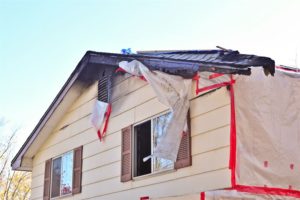
If the cause of the fire is covered by your policy, the next question is whether the actual damage is covered. You likely have dwelling coverage for damage to the structural integrity of your home. You probably also have coverage for personal property like electronics, art and jewelry. But does your policy also include coverage for detached structures like sheds and garages? And what about a “loss of use” provision that pays for your family to stay in a hotel while the damage is being repaired?
Even if your policy provides dwelling, personal property, other structure, and loss of use coverage, be aware of the limits of that coverage. It’s possible that the damage goes beyond the limits of your policy, meaning that you could be on the hook financially.
Before Filing a Claim
There are several steps you should take before filing your fire and smoke damage insurance claim:
1. Take pictures of the damage and save all documents related to the damage and your claim.
2. Do what you can to prevent additional property damage and keep any related receipts.
3. Talk to neighbors who may have had similar problems. For example, have other homes in the neighborhood experienced electrical issues?
And of course, be sure to read your policy and ask your insurance agent and attorney if you have any questions.
The visual damage from a fire is readily apparent. Your home and belongings might be charred, blackened or in ashes. But there are secondary, sometimes less visible, effects that can be just as damaging. Two examples are: Smoke damage Water damage
Contact Us Today for Assistance
Fire damage can affect all or part of a property. The visual damage from a fire is readily apparent. Your home and belongings might be charred, blackened or in ashes. But there are secondary, sometimes less visible, effects that can be just as damaging. Two examples are: Smoke damage and Water damage.
At the Insurance Litigation Group, we will walk you through the terms of your insurance policy and the insurance claims process. We will take the time to thoroughly analyze your policy to determine the scope of coverage for fire, smoke and water. We will then work diligently to resolve any coverage dispute and aggressively litigate issues of liability and damages to achieve an expeditious payment of benefits owed. Our office includes speakers of English, Spanish, Creole and Russian to meet your needs
if your property has sustained fire, smoke or water damage, then Contact us today for a free consultation.
